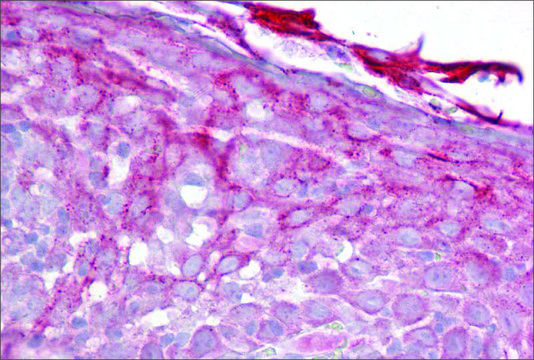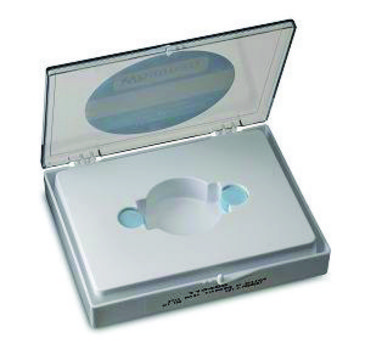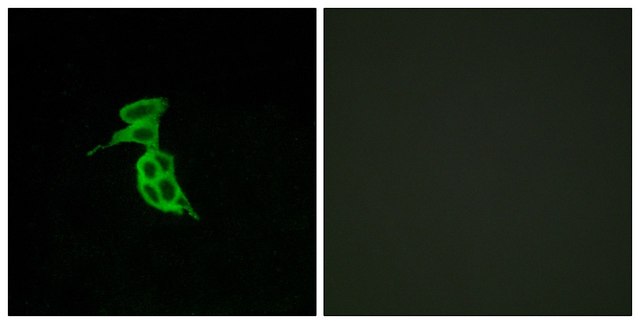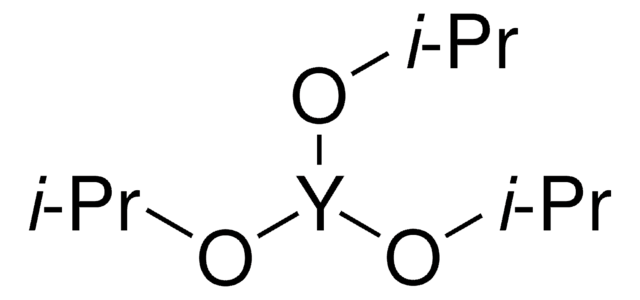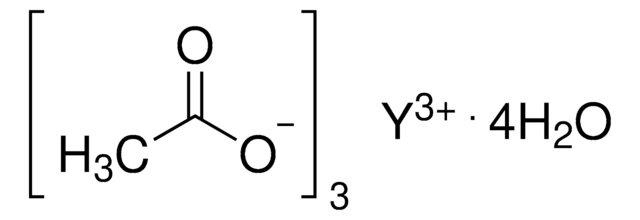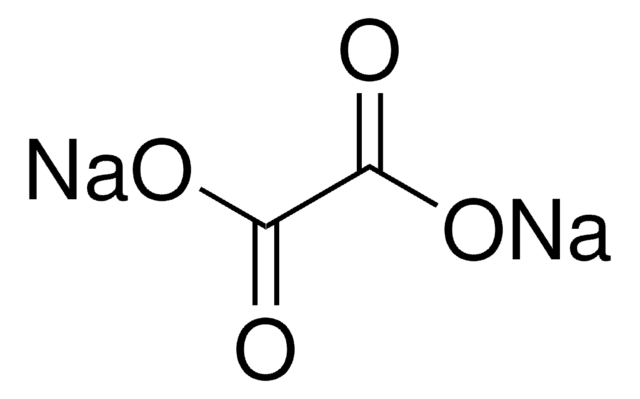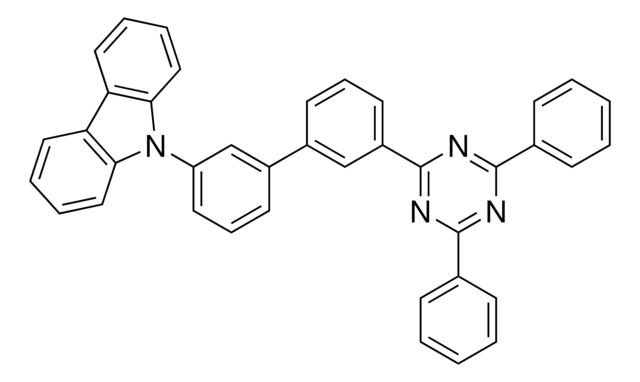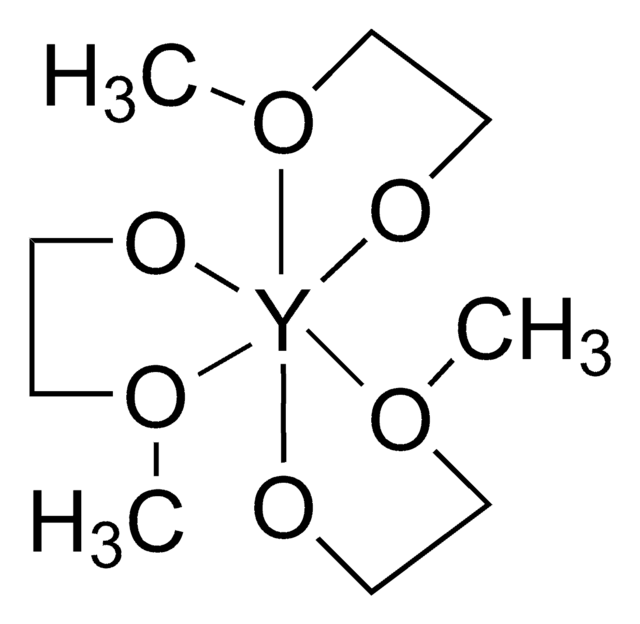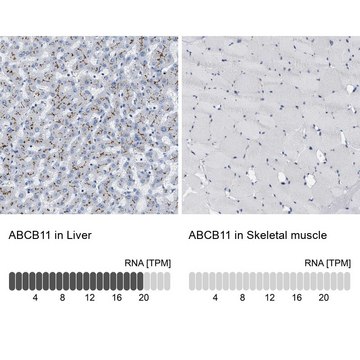ABF185
Anti-Properdin Antibody
from rabbit, purified by affinity chromatography
Sign Into View Organizational & Contract Pricing
All Photos(2)
Synonym(s):
Complement factor P, Properdin
UNSPSC Code:
12352203
eCl@ss:
32160702
NACRES:
NA.41
Recommended Products
biological source
rabbit
Quality Level
antibody form
affinity isolated antibody
antibody product type
primary antibodies
clone
polyclonal
purified by
affinity chromatography
species reactivity
human, mouse, rat
species reactivity (predicted by homology)
nonhuman primates (based on 100% sequence homology)
technique(s)
western blot: suitable
NCBI accession no.
UniProt accession no.
shipped in
wet ice
target post-translational modification
unmodified
Gene Information
human ... CFP(5199)
General description
Properdin (UniProt P27918; also known as Complement factor P) is encoded by the CFP (also known as PFC, PFD) gene (Gene ID 5199) in human. Properdin is a plasma glycoprotein and the only known positive regulator of the complement cascade. It binds and stabilizes the alternative pathway (AP) C3 convertase C3bBb and may also serve as a platform to form new C3bBb convertases on cell surface. Properdin-mediated AP activation plays an important role in host defense, and properdin deficiency (PFD) increases the risk for Neisseria meningitidis infection in human. Properdin-deficiency exacerbated disease condition in a murine model of factor H- (fH-) related C3 glomerulopathy, but prevented the development of allergen-induced airway inflammation. Human properdin is produced with a signal peptide sequence (a.a. 1-27), which is removed posttranslationally to yield the mature protein (a.a. 28-469) composed entirely of seven TSP type-1 domains (domain 0 through 6; a.a. 28-462). TSP type-1 domains 0 and 6 bind to each other and mediate multimerization.
Specificity
This polyclonal antibody detects properdin by targeting a sequence in the fourth TSP type-1 domain (TSP type-1 domain 3).
Immunogen
Epitope: Within TSP type-1 domain 3.
KLH-conjugated linear peptide corresponding to a TSP type-1 domain 3 sequence of human Properdin.
Application
Research Category
Inflammation & Immunology
Inflammation & Immunology
Research Sub Category
Immunological Signaling
Immunological Signaling
This Anti-Properdin Antibody is validated for use in Western Blotting for the detection of Properdin.
Western Blotting Analysis: 2.0 µg/mL from a representative lot detected Properdin in 10 µg of mouse serum.
Quality
Evaluated by Western Blotting in rat serum.
Western Blotting Analysis: 2.0 µg/mL of this antibody detected Properdin in 10 µg of rat serum.
Western Blotting Analysis: 2.0 µg/mL of this antibody detected Properdin in 10 µg of rat serum.
Target description
~52 kDa observed. 48.49/47.94/48.18 kDa (human/mouse/rat mature form) and 51.28/50.33/50.57 kDa (human/mouse/rat pro-form) calculated.
Physical form
Affinity purified.
Purified rabbit polyclonal antibody in buffer containing 0.1 M Tris-Glycine (pH 7.4), 150 mM NaCl with 0.05% sodium azide.
Storage and Stability
Stable for 1 year at 2-8°C from date of receipt.
Other Notes
Concentration: Please refer to lot specific datasheet.
Disclaimer
Unless otherwise stated in our catalog or other company documentation accompanying the product(s), our products are intended for research use only and are not to be used for any other purpose, which includes but is not limited to, unauthorized commercial uses, in vitro diagnostic uses, ex vivo or in vivo therapeutic uses or any type of consumption or application to humans or animals.
WGK
WGK 1
Certificates of Analysis (COA)
Search for Certificates of Analysis (COA) by entering the products Lot/Batch Number. Lot and Batch Numbers can be found on a product’s label following the words ‘Lot’ or ‘Batch’.
Already Own This Product?
Find documentation for the products that you have recently purchased in the Document Library.
Yuanyuan Wu et al.
Frontiers in immunology, 12, 697760-697760 (2021-09-24)
Properdin, a positive regulator of complement alternative pathway, participates in renal ischemia-reperfusion (IR) injury and also acts as a pattern-recognition molecule affecting apoptotic T-cell clearance. However, the role of properdin in tubular epithelial cells (TECs) at the repair phase post
Our team of scientists has experience in all areas of research including Life Science, Material Science, Chemical Synthesis, Chromatography, Analytical and many others.
Contact Technical Service